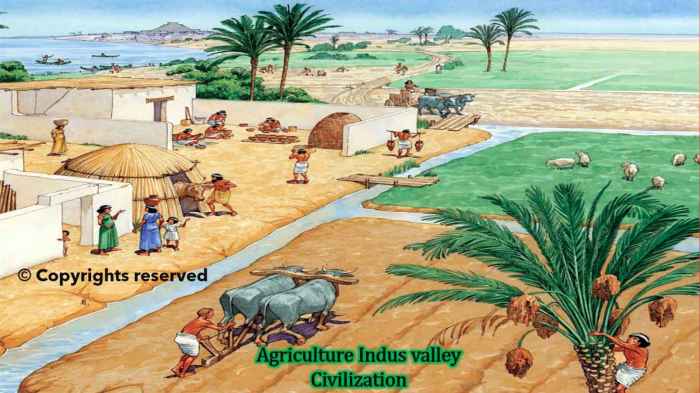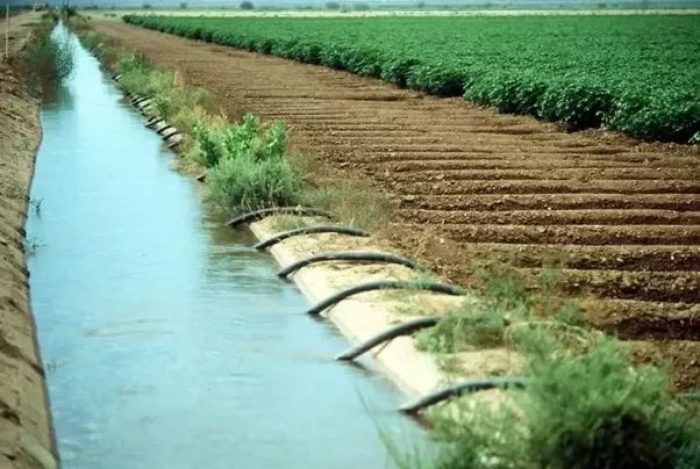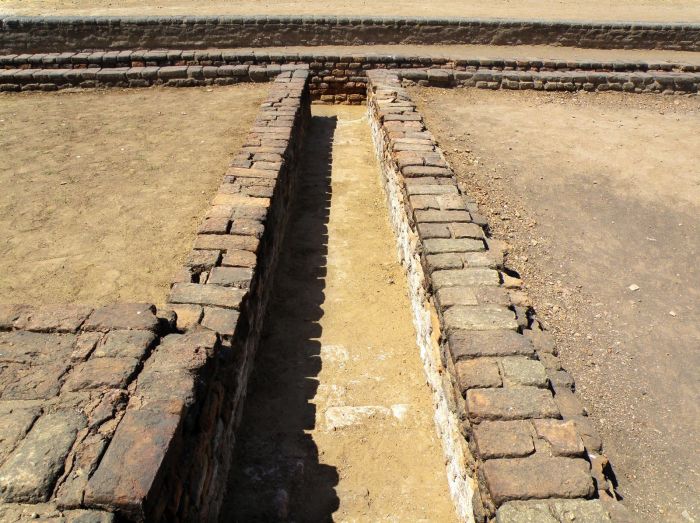How did Indus River Valley civilizations use irrigation techniques? This inquiry delves into the innovative practices employed by these ancient societies to harness water resources and cultivate thriving settlements along the Indus River.
The Indus River Valley civilizations, flourishing between 2600 and 1900 BCE, exhibited remarkable ingenuity in developing and implementing irrigation systems that transformed their arid landscape into a fertile agricultural hub. This essay explores the techniques they employed, their impact on the civilization’s prosperity, and their enduring legacy in shaping agricultural practices.
Irrigation Techniques Used by Indus River Valley Civilizations

The Indus River Valley civilizations developed a sophisticated system of irrigation that enabled them to cultivate crops in an arid region. These techniques included:
-
-*Canals
The Indus Valley civilizations constructed an extensive network of canals to distribute water from the Indus River to fields. These canals were often lined with bricks or stone to prevent seepage.
-*Reservoirs
The Indus Valley civilizations also built reservoirs to store water for use during dry periods. These reservoirs were often located near canals or rivers.
-*Wells
The Indus Valley civilizations also used wells to access groundwater. These wells were often dug by hand and were typically lined with bricks or stone.
These irrigation techniques allowed the Indus Valley civilizations to cultivate a variety of crops, including wheat, barley, cotton, and rice. These crops were essential to the survival of the Indus Valley civilizations and helped to support a large population.
Impact of Irrigation on Indus River Valley Civilization

Irrigation had a profound impact on the development and prosperity of the Indus River Valley civilizations. Irrigation enabled the cultivation of crops, which in turn led to the growth of settlements. These settlements eventually grew into cities, and the Indus River Valley civilizations became one of the most advanced civilizations in the ancient world.Irrigation
also had a number of social and economic implications. Irrigation required a large labor force to construct and maintain canals, reservoirs, and wells. This led to the development of a centralized government that could organize and direct the labor force.
Irrigation also led to the development of a class system, with those who owned land and controlled water resources being more powerful than those who did not.
Comparison of Irrigation Techniques

The Indus River Valley civilizations used a variety of irrigation techniques that were similar to those used by other ancient civilizations, such as Mesopotamia and Egypt. However, there were also some key differences.One of the most significant differences was the use of canals.
The Indus Valley civilizations constructed a much more extensive network of canals than the other civilizations. This was due to the fact that the Indus River is a much larger river than the Nile or the Tigris and Euphrates.Another difference was the use of reservoirs.
The Indus Valley civilizations built a large number of reservoirs to store water for use during dry periods. This was not as common in other ancient civilizations.The irrigation techniques used by the Indus River Valley civilizations were very effective and allowed them to cultivate a variety of crops in an arid region.
These techniques were essential to the survival and prosperity of the Indus River Valley civilizations.
Legacy of Indus River Valley Irrigation
The irrigation techniques developed by the Indus River Valley civilizations had a lasting impact on agriculture. These techniques were adopted by subsequent civilizations, and they are still used today.For example, the use of canals is still common in many parts of the world.
Canals are used to distribute water from rivers and reservoirs to fields. Reservoirs are also still used to store water for use during dry periods.The irrigation techniques developed by the Indus River Valley civilizations are a testament to the ingenuity of these ancient people.
These techniques have helped to feed the world for centuries, and they continue to be used today.
Expert Answers: How Did Indus River Valley Civilizations Use Irrigation Techniques
What were the primary irrigation techniques used by the Indus River Valley civilizations?
The Indus River Valley civilizations employed a range of irrigation techniques, including canals, reservoirs, and wells. Canals diverted water from the Indus River and its tributaries to agricultural fields, while reservoirs stored water during the monsoon season for use during dry periods.
Wells provided a reliable source of water for irrigation in areas where surface water was scarce.
How did irrigation contribute to the prosperity of the Indus River Valley civilizations?
Irrigation enabled the Indus River Valley civilizations to cultivate a wide variety of crops, including wheat, barley, cotton, and sesame. This agricultural abundance supported a growing population and led to the development of urban centers and trade networks. Irrigation also facilitated the establishment of permanent settlements, as it provided a reliable source of water for domestic and industrial purposes.
How did the irrigation techniques used by the Indus River Valley civilizations compare to those used by other ancient civilizations?
The irrigation techniques used by the Indus River Valley civilizations were comparable in sophistication to those used by other ancient civilizations, such as Mesopotamia and Egypt. However, the Indus River Valley civilizations developed unique adaptations to their specific environment, such as the use of reservoirs to store water during the monsoon season.